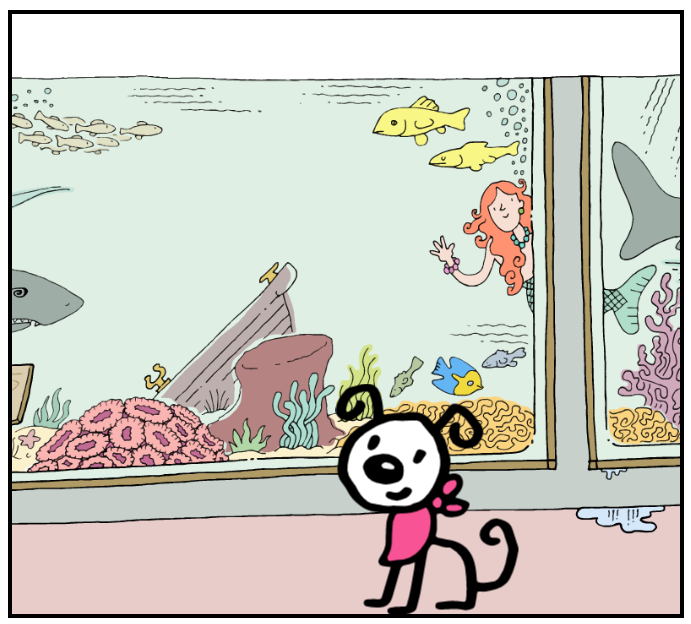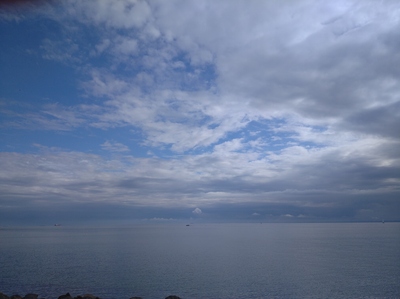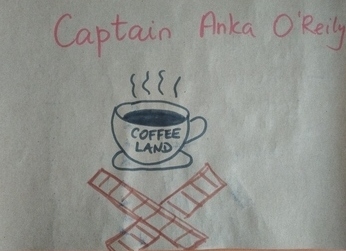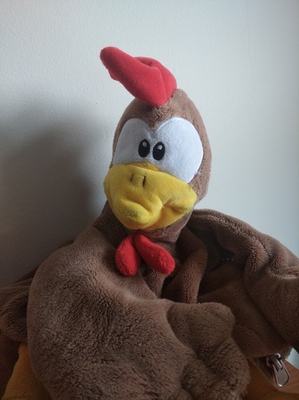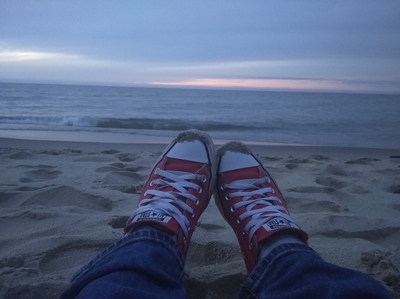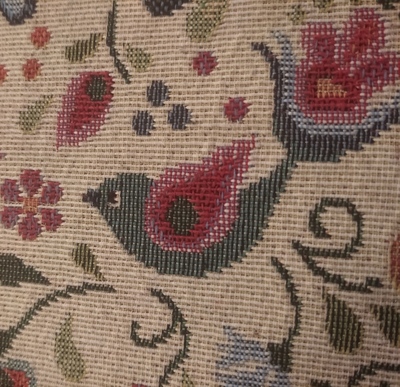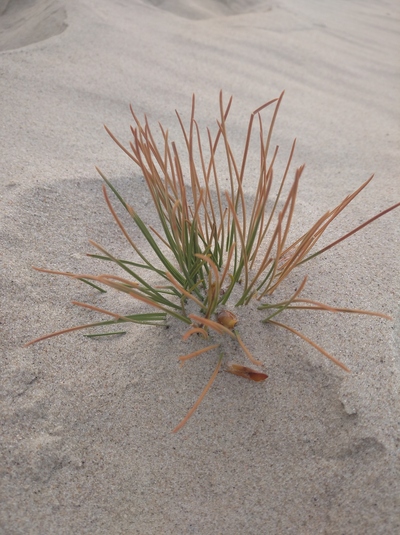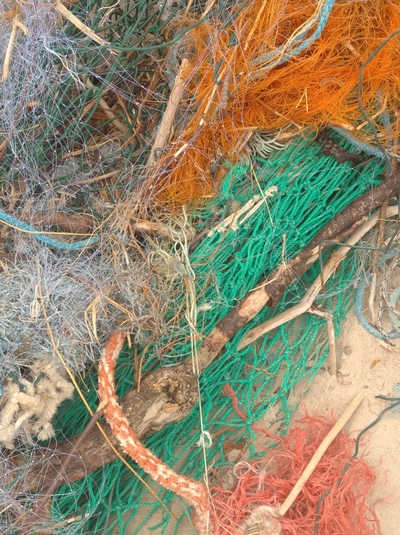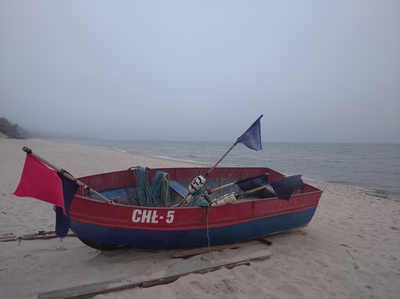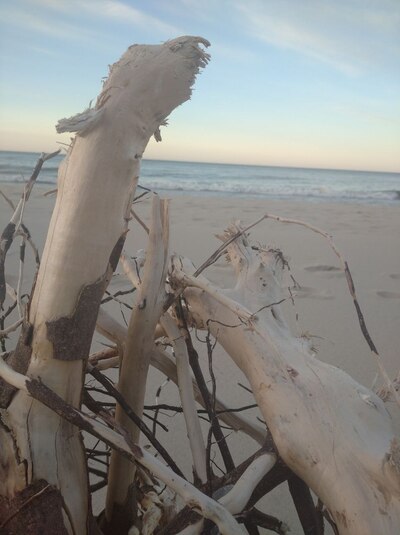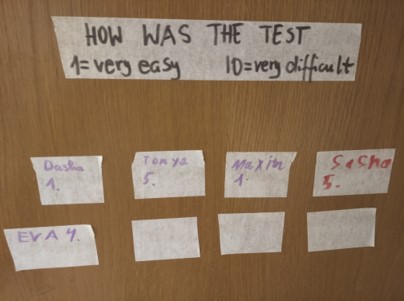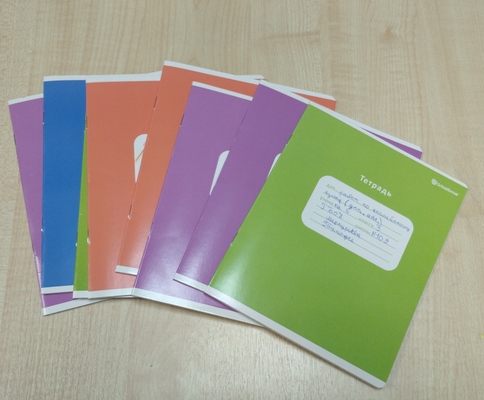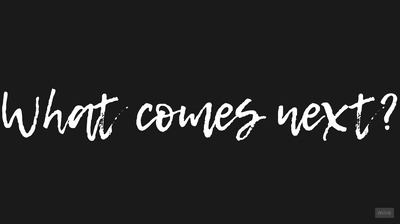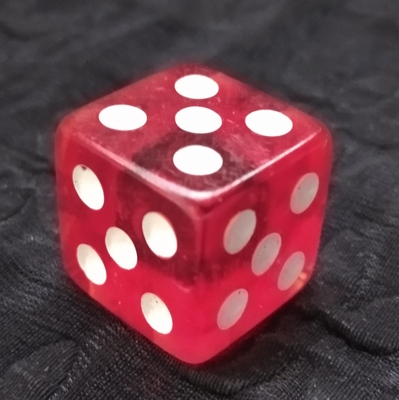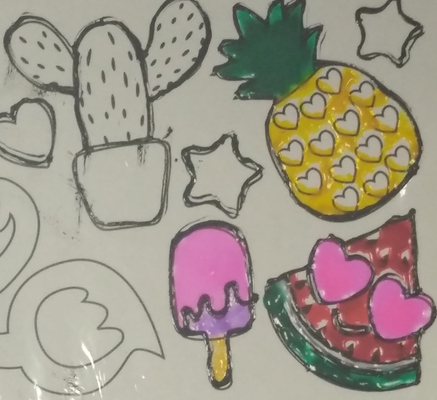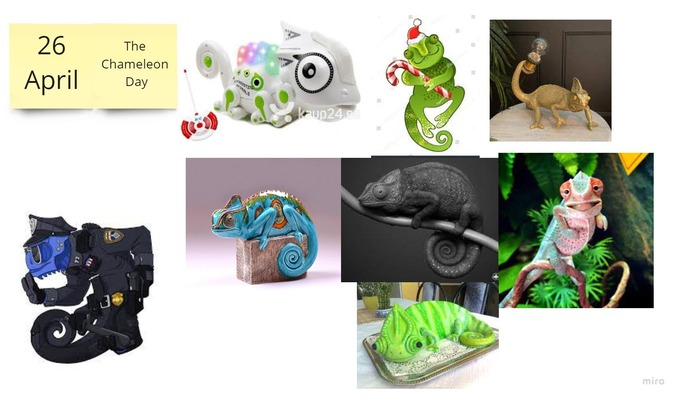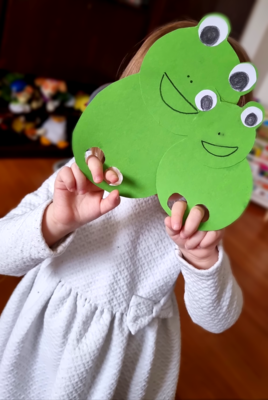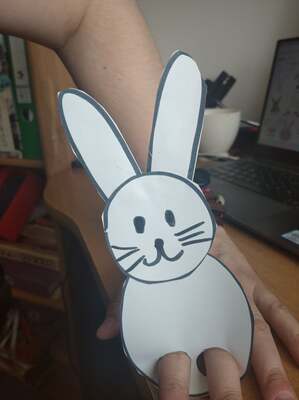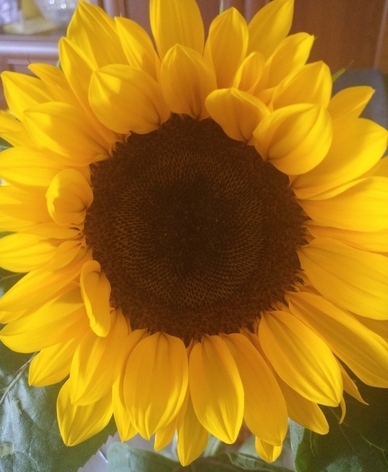
Since we are going through the quieter period of the year, there is more time for looking back and for reflection and this is how the idea for this mini-series of post came from. Just because we started to use those and each of these phrases or words was like a key that opened many, many doors in our communication and not only.

The one thing to teach your kids is ‘because‘…
…and the whole thing can* start in primary, and maybe even in pre-school. It is a powerful world that invites the kids to build a simple discourse and to go beyond one sentence or simple sentence production, even in the most everyday situations.
We start with extentending the answer to ‘How do you feel today?‘ which is a part of our class routine and the question which I ask and which the kids ask in every single lesson. As soon as they have a good number of adjectives to use in response (you can read about it here), I try to encourage them to elaborate on their answers, both modeling (I’m happy because it is sunny) and by inviting them to continue. ‘I’m happy.‘ ‘Because...’
Of course, the sentences the kids produce are quite simple, very simple, in fact, and sometimes partially in their L1 but with time, they are becoming more familiar with it and they are improving and, as a result, are able to say more and more and more. In English. Not to mention that as we go through the course, there are more and more situations in which we need because, for example to explain why we like Friday and not Monday, why we didn’t do the homework, why the kids in the pictures look happy or sad or why they did something in the story.
The same can be done with pre-schoolers, with certain adjustments to their age and the number of years that they have been studying. Thinking about my groups in the previous academic year, with the level 1 and the level 2 groups I was more focused on the full sentence production and it was too early to introduce any linkers. The level 3 children, however, were ready the unit ‘I’m scared’ (Playway to English, CUP) was a perfect opportunity to talk about the things we are scared of and to explain why. Or, more frequently, the things we are not scared of. ‘I am not scared of spiders. I like spiders because they are beautiful.’ and so on.
I often tell my students (especially those new ones, and yes, also the adult ones recently) that I will always want to know ‘Why?’ and that even if I forget to ask, they should always imagine this word written all across my forehead and answer it anyway. To help the kids in the everyday lesson and to make it easier on myself, I used the idea I got from Herbert Puchta, only mine was not any error correction technique and it stayed displayed proudly on the wall for a good few years. In the beginning, I really had to do a lot of pointing and waving at the word, later, the habit was developed and the kids (yes, as early as in year 1 of primary!) started to use the word without any reminders whatsoever. They were producing the language and lots of it!
My two favourite because-related moments from the classroom have been those:
- when we talk about things, someone is telling us how they are and I, somehow, forget to ask ‘Why?‘ or I am just too slow with it, there is always a voice (or two or three) taking over and kindly suggesting ‘Because…‘, with this perfect rise in the intonation, the voice trailing off in an invitation to continue. I wonder where they got that from!
- when we talk about pictures or we retell the story or we describe something that happened at school on the day and, by accident, I want to take over and move on and, in response, I get my own because back, in an interjection, and again, with the intonation perfectly matching the purpose (‘I have NOT finished yet‘) and I am thinking to myself: ‘Oh dear, I cannot shut them up!’ which is, by far, my favourite teacher’s complaint.
*) ‘Can’ or ‘must’?:-))

The one thing to teach your kids is…’I think’.
Initially, I wanted to have a pretty post, ‘one phrase per age group’ but I realised that I simply cannot NOT mention ‘I think’ and the impact it had on my primary school students.
Unlike the previous item, here I cannot even remember how it came about and how I first introduced it. It has always been in the air. I know that I use it a lot to slow the kids down and to signal to them not to rush through tasks (i.e. ‘Think and write’) or to encourage them when they are struggling (i.e. ‘Think about it’ when I know that they do know it and it is only necessary to rack through their brains). We had used it a lot in different stories (‘Elmer was thinking and thinking and then he had an idea!’) and a while ago we also introduced ‘Thinking time’ as an official preparation stage for projects and role-plays. Thinking has been with us, only it is not quite clear for how long.
For the reason, when we got to practise expressing the opinion in winter last year (around the middle of A1 / Movers), I did not even bother to check the meaning of it and the question ‘What do you think about it?’ and the answer ‘I think it is interesting / boring / exciting etc’, the adjectives were the main aim and the focus. For me, at least.
What my students took out of this lesson for the rest of the course (and life!) was the little ‘I think’, which is essentially only an introduction and which is slightly unnecessary even. An opinion can surely be expressed without it. ‘Maths is easy‘ expresses the same view as ‘I think Maths is easy.’ Or so one would think.
I noticed, in the lesson in which we used it consciously for the first time and in the lessons afterwards, last year and this year, that my students began to start adding ‘I think‘ everywhere. ‘I think it is beautiful’, ‘I think it is easy‘, ‘I think he is sad‘, ‘I think it is a cat’ ‘And I think it is a dog‘ and so on. ‘I think’ gave them an opportunity to personalise the message, to signal the autonomy of that message (since by making it subjective you kind of accept that other people will have or may have a different view) and, I suppose, by doing so, it made the message more adult and more serious. And they simply and visibly adored it. Maybe because they were only 7 or 8 or 9 at the time.
As I said, I don’t quite remember the start of that adventure and I am not quite sure when the good time to introduce really is. What I know, though, is that the next time I am starting the group, ‘I think’ will be on the list of things to think about.

The one thing to teach your teens is…’What do you think about it?’
There are many phrases that were shortlisted for this paragraph because of the difference they made to the way my teens interacted with the world in the English lesson, ‘I agree‘ and ‘I don’t agree‘ or ‘On the one hand…on the other hand‘ among them but the real deal-breaker was ‘What do you think about?‘
This phrase, especially with a special stress on ‘you’ (‘What do you think about it?’) has become the wonderful phrase that helped my teens really get engaged and communicate in a really interactive way, not only expressing their opinion, agreeing and disagreeing but also to boomerang the conversation properly by involving the other participant or participants. I mean, truth be told, I know that they did it mostly to avoid making too much effort and producing extensively and this line has become a fantastic and polite tool which they used to dodge the ball. Of course, they produced, too but I just had a lot of fun observing how by trying to be super clever they were involved in a conversation that would give them some high marks during the speaking part of the FCE exam.

The one thing to teach your adults is…’it depends‘.
Especially if your adults are shy, not naturally very talkative and a messy A2 level. Especially if they have already experienced some failures and disappoinment while learning Engllish and when they current progress is closely related to the promotion at work. Or the lack of. Especially if, due to all the factors mentioned above, they reply with single words (the teacher sighs) or when they just say, in their L1: ‘I don’t know what to say’ (the teacher sighs again).
‘It depends’ came to us by accident. It was not a part of any text, a listening task or a functional language phrases lesson. It was a part of the emergent lesson but because I take notes of that and send these back to the students, it stayed with us. And what joy!
I can say with all the confidence that my students, in this one (1) group have wholeheartedly adopted the phrase and made it theirs. First of all, it is this gold key that opens the discourse. You cannot just answer with ‘It depends’ and stop there. You have to continue and explain at least the two different ways at looking at the issue. Especially if your teacher is raising her eyebrows and nodding encouragingly. What’s more, I have noticed that they like using it consciously as a natural time-bying tool that gives them the benefit of a few precious seconds to come up with an idea and a way of formulating it in English. Oh, what a find, this phrase!

The one thing to teach your teachers to use and to remember about is…’but’
This one is here as a joke only. I don’t need to teach my teachers any English, of course, but, as a trainer, this is the one word that I would like them to remember to use whenever they consider the theory of child development and the methodology of working with young learners. Or even while going through the teacher’s book and adapting the activities. This little but powerful word is everything you need to be equipped with to ensure that they always keep thinking of all the exceptions to all the rules and that the most important point of reference are the people in the classroom, not some non-existent ideal students or typical five-year-olds and all the other YL cliches.
Happy teaching!

